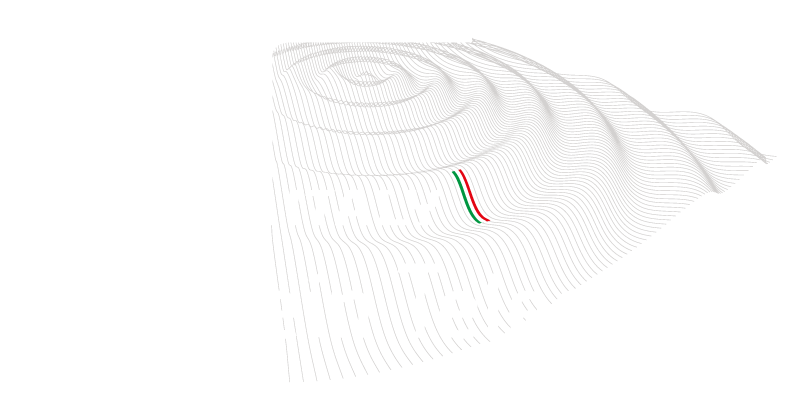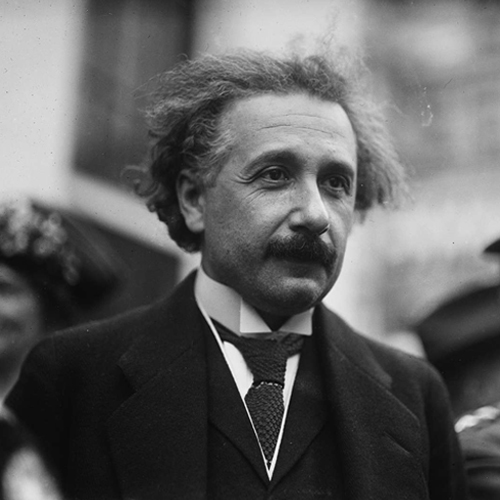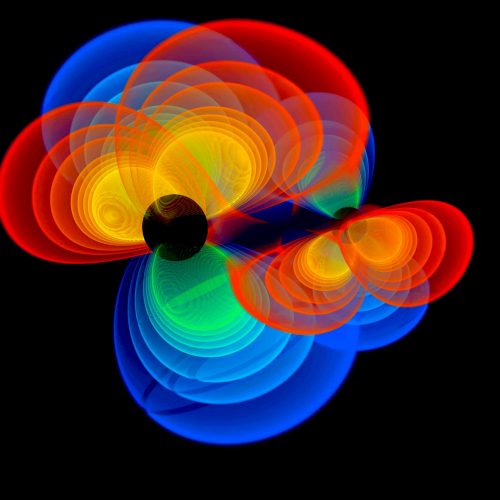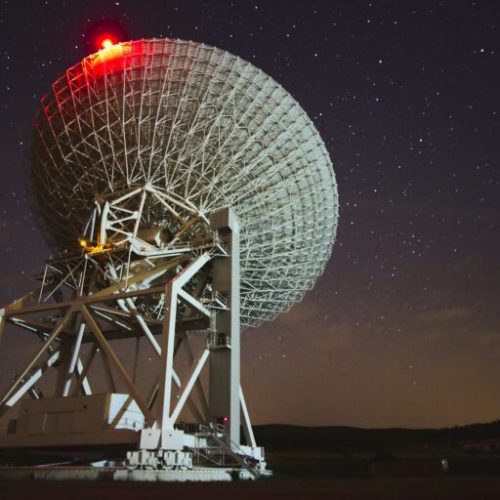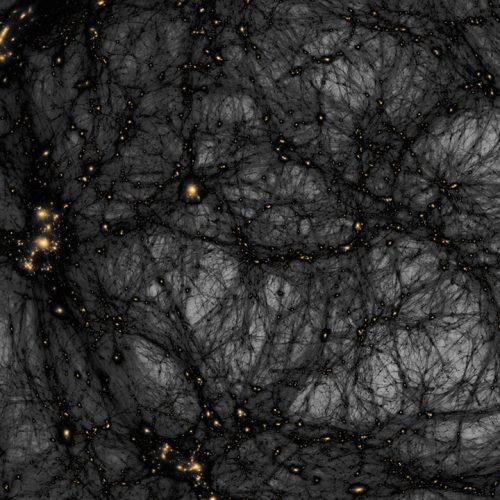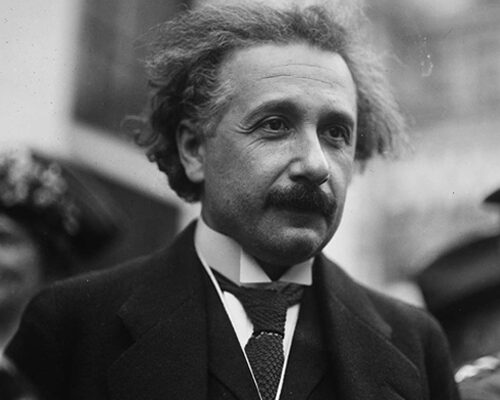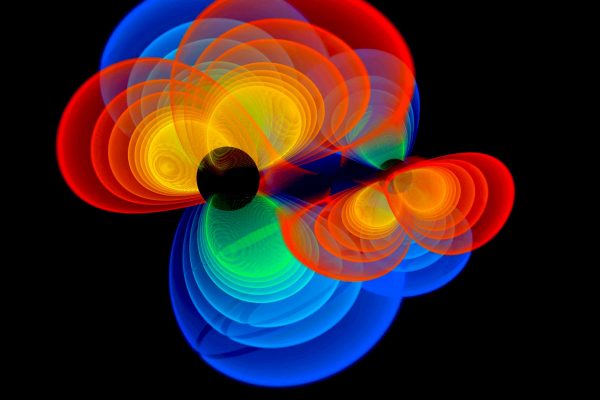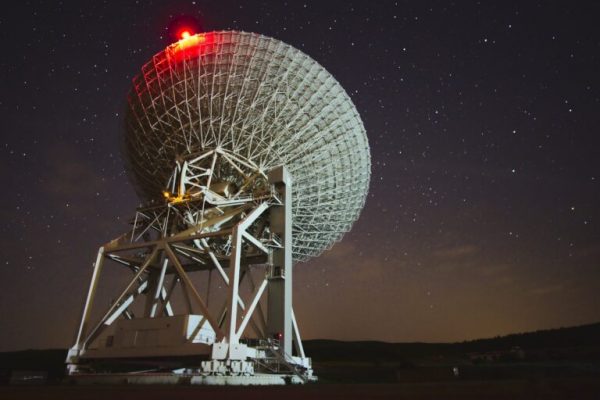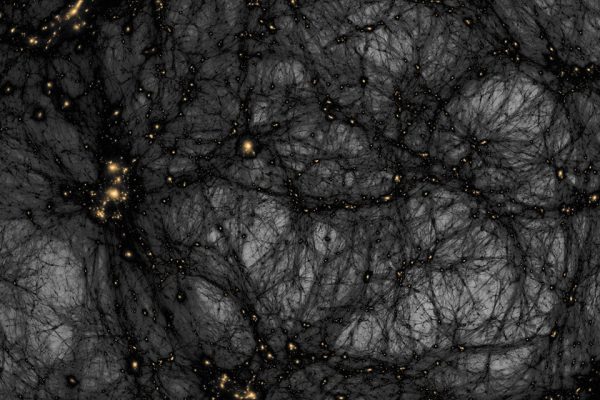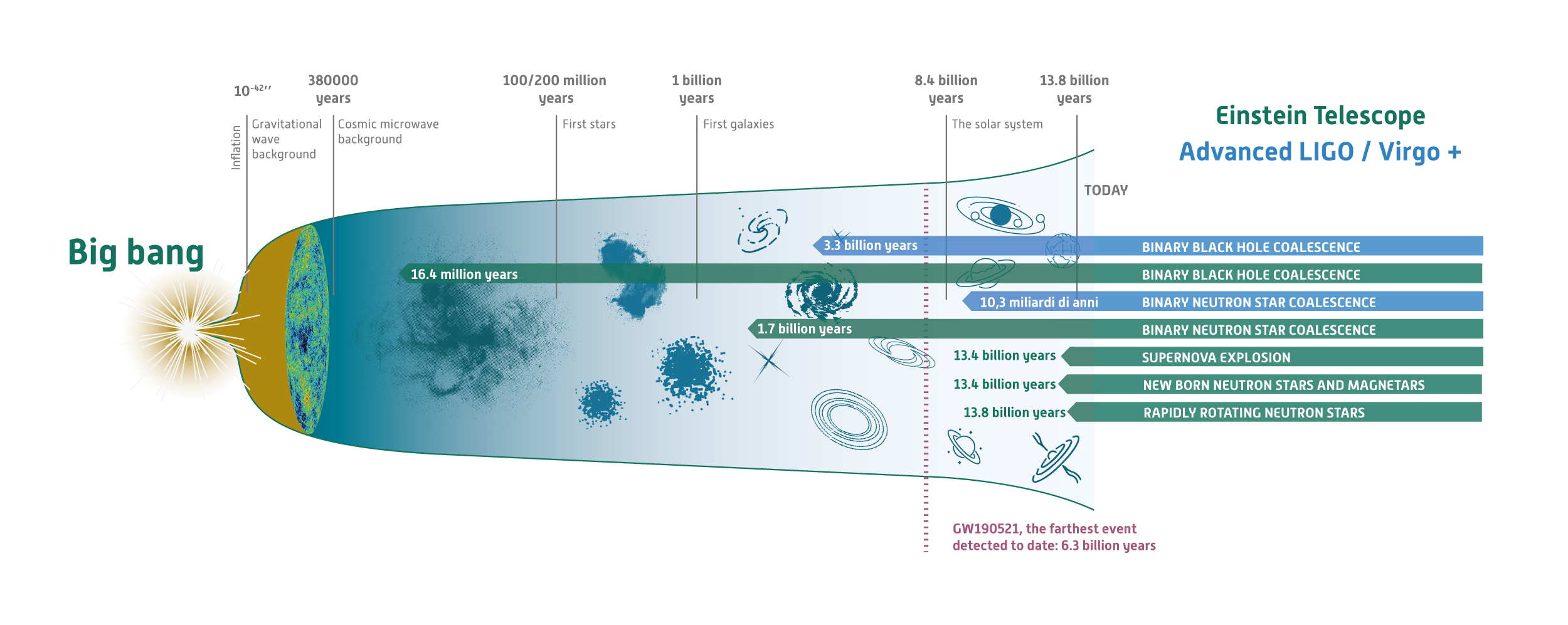The Einstein Telescope will study gravitational waves, a physical phenomenon predicted by Albert Einstein’s general theory of relativity more than a century ago. Gravitational waves have been first observed on 14 September 2015 by the LIGO and Virgo scientific collaborations, thanks to twin LIGO gravitational interferometers in the United States, one in the Washington state and the other in Louisiana. The historical significance of the discovery of gravitational waves, produced by the coalescence of two black holes, was awarded the Nobel Prize in 2017. Europe’s Virgo interferometer joined the two LIGOs in the search for gravitational waves in 2017, and contributed, among many joint gravitational wave observations, to locaein the sky the astrophysical source of the first multimessenger observation on 17 August 2017. The coalescence of two neutron stars was then studied through both gravitational waves and electromagnetic radiation.
The Science of ET
General relativity and gravitational waves
Gravitational waves are infinitesimal vibrations of spacetime, produced by the accelerated motion of masses. Indeed, according to general relativity, our universe is characterised by a four-dimensional structure called spacetime, in which the three spatial dimensions merge with time. The bodies define its geometry, giving directions as to what shape it should take, while space, curving under the mass of the bodies, gives directions to the bodies as to how they should move.
Listen to the chirp of the first revealed gravitational wave
In this environment, masses in accelerated motion (for example, large masses such as black holes or colliding neutron stars) produce vibrations in spacetime, infinitesimal ripples, which propagate through the universe at the speed elastic sheet when a weight rolls over it. These tiny vibrations of spacetime, imperceptible to us, are the gravitational waves that, traversing undisturbed through deep space, also arrive on Earth, where our highly sophisticated interferometers are able to detect them. Gravitational waves are vibrations so small that Einstein himself thought we would never be able to build instruments capable of measuring them. Indeed, one is speaking of measuring changes in length much smaller than the diameter of an atom. That is why the search for them lasted more than a century and led, over a period of fifty years, to the development of increasingly accurate detectors. The gravitational waves one is able to measure on Earth today are those produced in the most energetic astrophysical events occurring in the cosmos, such as neutron star and black hole mergers. Gravitational waves are invaluable cosmic messengers because they travel undisturbed, bringing unique information about the sources that produced them.
Multimessenger astronomy
Being able to observe gravitational waves has paved the way to two completely new ways of studying the universe: gravitational astronomy and multimessenger astronomy. In particular, the latter is a new technique for exploring the universe, which is based on observing the same phenomenon with different instruments that collect data brought by various cosmic messengers: gravitational waves, electromagnetic radiation, and neutrinos. Multimessenger astronomy dates back to 2017, when the first observation of a gravitational wave generated by the merger of two neutron stars was made by the Virgo and LIGO experiments. As soon as a gravitational signal was detected, the global network of interferometers alerted electromagnetic radiation telescopes, on Earth and in space. In a very short time, these telescopes reoriented themselves to the area of the sky where the gravitational signal comes from. It picks, up photons in the different bands (from radio waves to gamma rays) produced in the mighty explosion generated by the merger of two neutron stars, which occurred 130 million light-years away from us. In fact, the process of the merger of the two neutron stars generated what is called “kilonova”, a phenomenon during which the material released in the collision is launched violently far out into space. This gives to the nucleosynthesis of heavy elements, such as lead and gold, which are thus distributed throughout the universe. This extraordinary observation made it possible to further understand the formation of the elements, and one can now say that we too are star “dust”. With this discovery, a new challenge in the study of the universe through multimessenger astronomy was thus launched by the global scientific community.
At the frontiers of the universe
The ET will take us back into the universe’s past, to the dark age following the big bang, and forward into its future, helping to find an interpretation of what its fate may be. The ET will foster the understanding of what the universe is made of and the astrophysical mechanisms of its most violent events. Indeed, little is known about the universe. One knows just about 5% of it: the ordinary matter which we and all that we can currently observe are made of. In contrast, we know virtually nothing about all the rest, approximately 95% of the universe, except that 25% consists of a different form of matter, called dark matter, and 70% consists of a mysterious dark energy. The nature of both is unknown. Yet one does know that they played a decisive role in the formation of the universe and that they will play an equally decisive role in shaping its future. Perhaps the universe will expand with increasing speed, condemning us to darkness and thermal death: matter will decay, even black holes will evaporate. Or perhaps the acceleration will be so violent that it will tear spacetime apart, destroying all the structures of the universe. Alternatively, the universe might slow its expansion, then contract, returning to the microscopic size from which it began, in a backward big bang. Perhaps the process could repeat itself in an endless series of cycles. At the moment, one does not know: the ignorance about what the universe contains inevitably reflects on the current inability to predict its fate. Yet the Einstein Telescope could help pave the way toward understanding the nature of dark energy, and dark matter, by investigating primordial black holes, axion clouds, and dark matter accumulations around compact objects. The ET will also probe physics near the event horizon of black holes, testing general relativity under extreme conditions and testing new theories such as quantum gravity. It will be able to test possible changes of general relativity on a cosmological scale. In addition, it will study the entire population of stellar black holes, and those of intermediate masses accessible throughout the history of the universe, enabling us to understand their origin (stellar versus primordial), evolution and demography. The ET will observe the inspiral phase of neutron stars and may provide unprecedented insight into the internal structure of neutron stars, probing fundamental properties of matter in a completely unexplored regime, such as quantum chromodynamics under ultra-density conditions, and possible exotic states of matter. The ET will eventually open the doors of a universe yet to be discovered to the scientific community.
Banner Image: Warped view of a larger supermassive black hole (red disk) when it passes almost directly behind a companion black hole (blue disk) with half its mass.
Credits: NASA’s Goddard Space Flight Center/Jeremy Schnittman and Brian P. Powell
